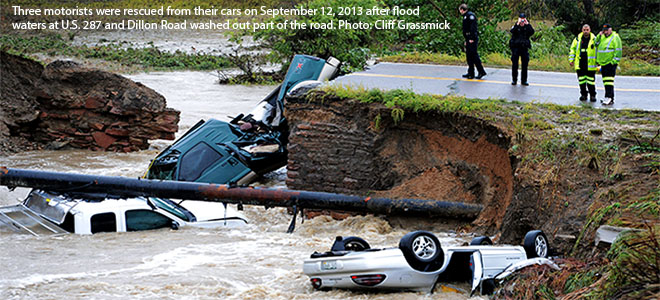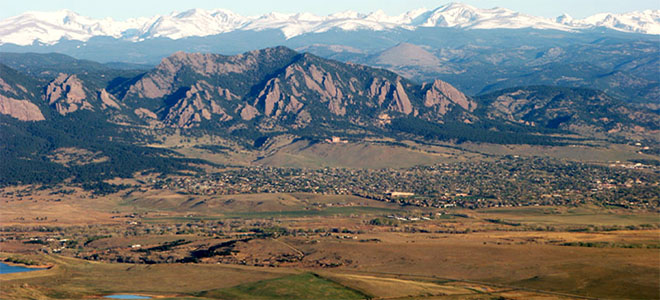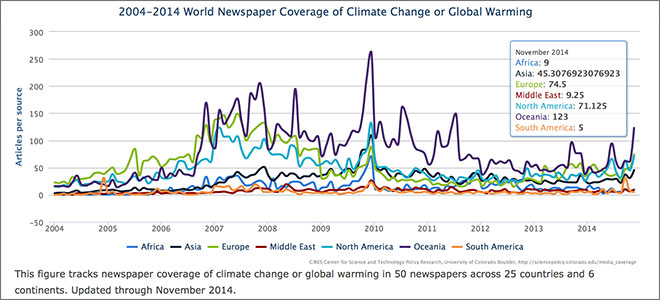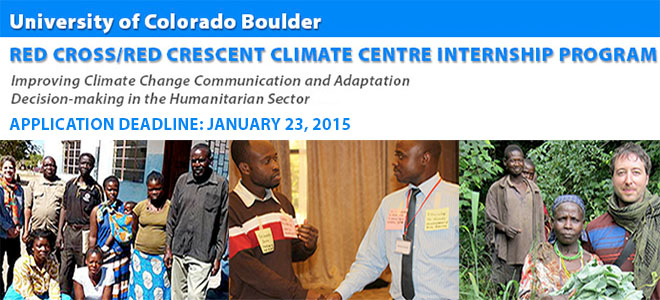A sharp rise in reporting, spurred largely by energy development, put global coverage of climate change in 2014 back near its 2009 peak.
By Douglas Fischer
The Daily Climate
Call it the new black: Climate change again is in vogue, with media coverage in 2014 fully recovered – for now – from its recession-era dip, based on an analysis of The Daily Climate’s archives.
Coverage grew for a second straight year, approaching its 2009 high and rebounding nearly 70 percent above its 2012 low.
Driving the trend were energy and political stories: Fracking, coal regulations, the UN climate talks all had more coverage last year than in 2013.
Last year The Daily Climate aggregated 31,407 climate-themed news stories, opinions and editorials from mainstream media, center right to center left. Politics dominated the haul, with 44 percent of all stories having a predominately political theme, as identified by The Daily Climate staff.
Driving the coverage
But there’s little question that the lull in coverage – which started as the UN Copenhagen talks collapsed in 2009, the “Climategate” email hack sowed doubts about climate science and a global recession took hold – is over.
What drove that coverage? It helps when a major figure puts climate change on the agenda. Former Vice President Al Gore did so in 2007 and 2008, with his movie and subsequent Nobel Peace Prize and Academy Award. President Obama did that for climate change in 2014, with his push to regulate coal-fired power plants and his surprise breakthrough with China just before the UN climate talks in Lima in December.
That deal, where both nations for the first time agreed to cap greenhouse gas emissions, gave the moribund talks new spark. You can see that in our archives: The Daily Climate picked up 1,912 stories about the United Nations climate talks in 2014, 79 percent more coverage than the 2013 Warsaw talks generated and more reporting in any year since the Copenhagen Accord in 2009.
A bounce in every metric
And it wasn’t just the UN. Every metric The Daily Climate tracks saw a bounce for the second year running: News stories were up 30 percent last year versus 2013, the number of reporters writing at least one climate story jumped 28 percent, and the number of outlets publishing on the topic rose 26 percent.
More impressive: At least 94 reporters wrote 30 or more climate stories in 2014, 74 percent more than the 54 writing at that level in 2014, according to The Daily Climate archives.
Several caveats need mention here. The Daily Climate’s research team and capacity to aggregate stories has changed since 2009. And while we’ve tried to keep our criteria constant over the years, as the climate change story has evolved, so, too, has our search.
Fracking as a major driver
Fracking is a prime example. What looked like an obscure and novel oil-field technology in 2008 is now a major driver in energy and climate policy worldwide. The growth in our archives reflects that, jumping from 17 stories in 2009 to 243 in 2011 to 1,680 stories in 2013 and 3,049 stories last year. Not all mention climate change, but they all reflect a piece of an issue that is driving energy prices, coal use and greenhouse gas emissions worldwide.
Another important caveat: The Daily Climate and its staff of roughly two dozen full- and part-time journalists and researchers doesn’t pick up every story published on the topic. Some are too “bloggish,” some too short, others are behind an Internet paywall. Our mandate is to present a broad sampling of the day’s news, not an encyclopedic compilation, and the volume this year meant we missed or ignored many pieces.
Still, the numbers represent a yardstick by which the topic’s importance can be judged by news outlets globally.
And 2014 figures suggest the media see the issue as one worthy of more ink.
1,338 stories from The Guardian
Almost all of the world’s major news outlets published more climate stories last year than they did in any year since 2009: The Guardian led the pack, with at least 1,338 climate stories published in 2014 – almost four per day. But Reuters, the Associated Press, The New York Times, The Wall Street Journal and Washington Post all published more on the topic last year than they did in 2013.
Let’s not forget the reporters.
A small army published on the topic – some 11,384 reporters and reporting teams in 2014 that The Daily Climate picked up. That’s almost 60 percent above the recent nadir, in 2011, when we saw just 7,166 individual bylines.
The Hill’s prolific Laura Barron-Lopez led the pack, with her byline appearing atop 320 different stories in our archives. She’s not alone, however, in her astonishing output: Seven other reporters wrote 100 or more climate-related stories in 2014, according to our records.
US Newspaper trends
Other media trackers confirm this trend. The Center for Science and Technology Policy Research at the University of Colorado, Boulder, has been tracking major newspaper coverage of climate change since 2000.
It uses a narrower criteria – a story has to mention “climate change” or “global warming” to get noticed. And its domestic tally only tracks five large U.S. dailies – Los Angeles Times, The New York Times, USA Today, The Wall Street Journal, Washington Post.
But researchers there saw a similar tick upward in 2014, with those five outlets publishing 352 stories combined in November 2014 – the largest one-month tally since December 2009.
It’s hard to say if these trends will hold into 2015, or whether increased coverage means society is any closer to curbing our growing greenhouse gas emissions. But if 2014 is any indication, more people are now paying attention. Read more …











